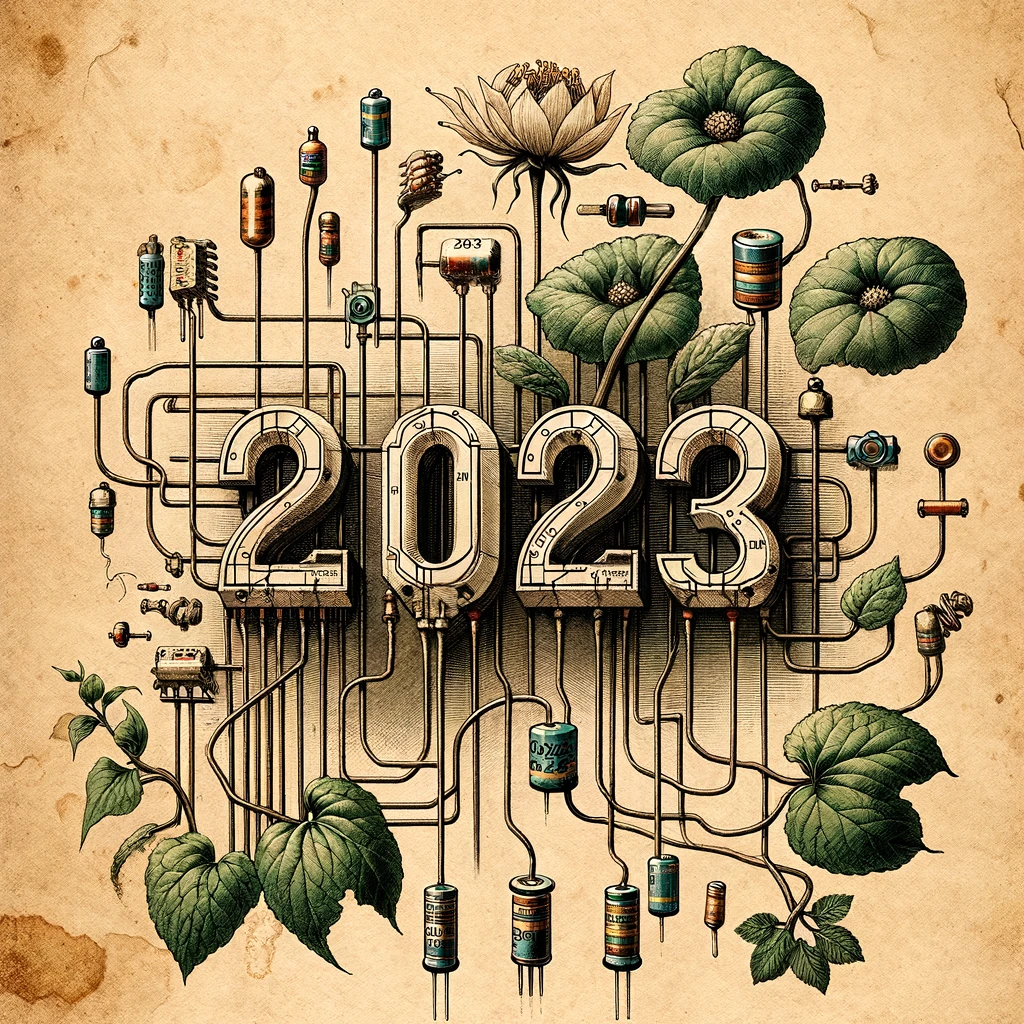
LEARNING OUTCOMES
On successful completion of this course, students will be able to:
- Identify and explain the roles of physical computing and critical making in the field of new media art.
- Interpret electronic circuit schematics.
- Use sensors and other input devices to convert human interactions and other inputs from the physical world into digital data.
- Process and map input data using microcontroller programming.
- Control and use motors, lights, and other output devices.
- Use simple networking protocols to communicate between different devices.
- Design and create physical computing prototypes and interactive artworks.
Credits: 6
Schedule: 23.10.2023 - 08.12.2023
Teacher in charge (valid for whole curriculum period):
Teacher in charge (applies in this implementation): Matti Niinimäki
Contact information for the course (applies in this implementation):
CEFR level (valid for whole curriculum period):
Language of instruction and studies (applies in this implementation):
Teaching language: English. Languages of study attainment: English
CONTENT, ASSESSMENT AND WORKLOAD
Content
valid for whole curriculum period:
This course introduces physical computing as a creative framework for investigating the connections between digital media and the physical world. Students explore electronics as a creative medium in the field of new media art and design through hands-on exercises and examples. The course covers some basic electronic concepts and theory, various analog circuits, prototyping your own circuits, microcontroller programming, working with sensors, using motors and other actuators, as well as using simple networking protocols.
A critical insight into maker culture and the environmental impact of the electronics industry is introduced through readings, discussions, examples, and thinking-through-practice. This hands-on with minds-on approach is called Critical Making, a term that describes the bridging of two modes of designerly or artistic practices that are often considered separate—critical thinking and making things. Physical Computing is a course that uses Critical Making as a strategy for learning and artistic research.
This is not an engineering course. The course focuses on creative use of electronics and hardware hacking, not on the theory and the most efficient circuit design. The course will also go through some essential tips for safety, use of various tools, best practices, and how to take care of the equipment and facilities.
Assessment Methods and Criteria
valid for whole curriculum period:
A successful completion of the course requires the following:
- Active participation in class (miminum 80% attendance).
- Completed assignments.
- Completed final project.
- Completed documentation.
More details on the assessment methods and criteria can be found in the course syllabus for each implementation of the course.
Workload
valid for whole curriculum period:
Lectures, readings, technical demonstrations, hands-on assignments, independent project-based work. Each student completes a final project where the student explores and demonstrates the topics covered in the course. The projects will be presented in an exhibition at the end of the course.
6 ECTS ≈ 160h
- Lectures: 36h
- Tutored assignments: 24h
- Time to think and prepare for the lectures: 60h
- Independent study: 40h
This course cannot be completed remotely.
DETAILS
Substitutes for Courses
valid for whole curriculum period:
Prerequisites
valid for whole curriculum period:
SDG: Sustainable Development Goals
12 Responsible Production and Consumption
FURTHER INFORMATION
Further Information
valid for whole curriculum period:
Teaching Language : English
Teaching Period : 2022-2023 Autumn II - II
2023-2024 Autumn II - IIEnrollment :
Minimum amount of participants: 8
Maximum amount of participants varies according to the implementation of the course.Registration for Courses: Sisu.
Priority order to courses is according to the order of priority decided by the Academic committee for School of Arts, Design and Architecture:
https://www.aalto.fi/en/services/registering-to-courses-and-the-order-of-priority-at-aalto-arts
